#Yanktonai
Text
Dirty brunette gf Catalina Taylor gets her lovebox pounded at last
Anya Ivy hot fucking
First Timer Brittany Blake Riding On Daisy Maries Strap On
Pinoy straight guy got blowjob and naked iranian men gay He sells his
VRHUSH Fucking the real estate agent Emily Addison
sexy Malaysian man jerk off cum so hot
Gay free boys teens sex porn sucking and short time video He
Cuties spread legs getting pussies and asses fingered nicely
Huge tits wife anal bangs husband threesome
Candid Walmart milf
#watercolour#Yanktonai#outscouring#unrepressed#Vashtee#fossils#demissness#outwilling#Rosanna#km#sylvie#timber-eating#tussled#atacamite#Stercorariinae#Artie#Dodonian#goat-horned#signets#gynodioecious
0 notes
Text
Celebrate August 9
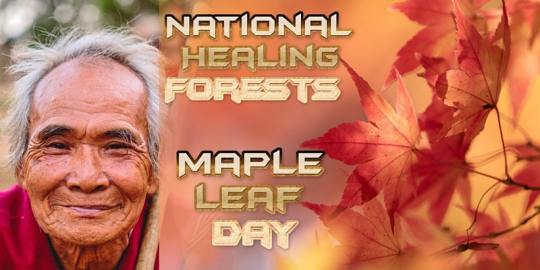
View On WordPress
#Cree#CultureDays#First Nations#Indigenous#indigenous languages#International day of the World&039;s indignous peoples#Metis#nakawe#nakota#NationalForestWeek#Nehiyawak#Saskatoon#saulteaux#treaty 6#United Nations Internationl Decade of Indigenous Languages#yankton#yanktonai
0 notes
Text
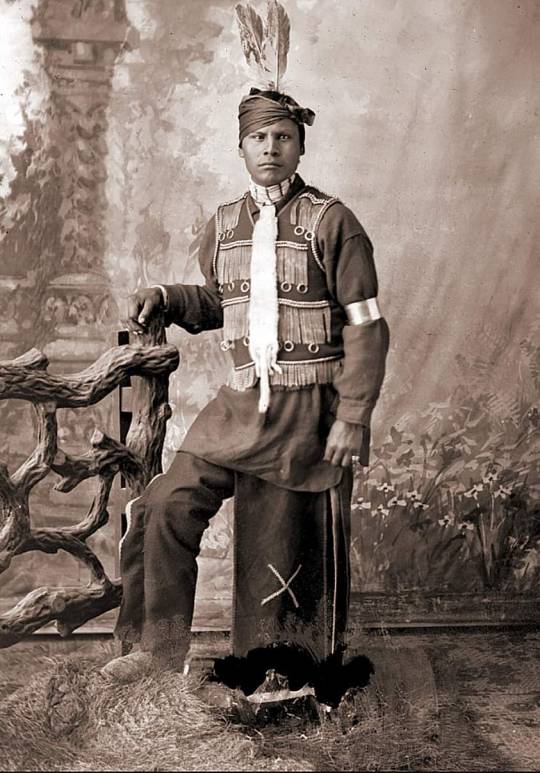
Native American Sioux Dakota Yanktonai 1880
Full length studio portrait of Bob Brave Bear, Dakota male, wearing two feathers, decorated vest and pants, standing next to fence in front of painted backdrop. By- Barry .
103 notes
·
View notes
Photo

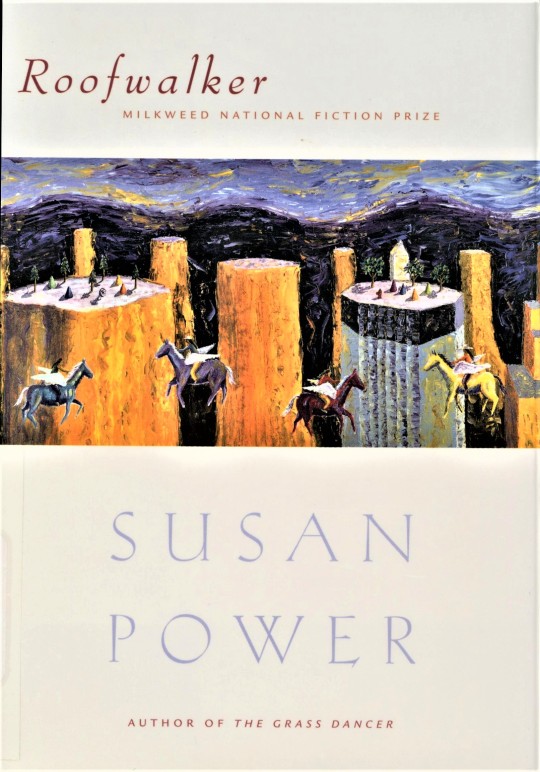

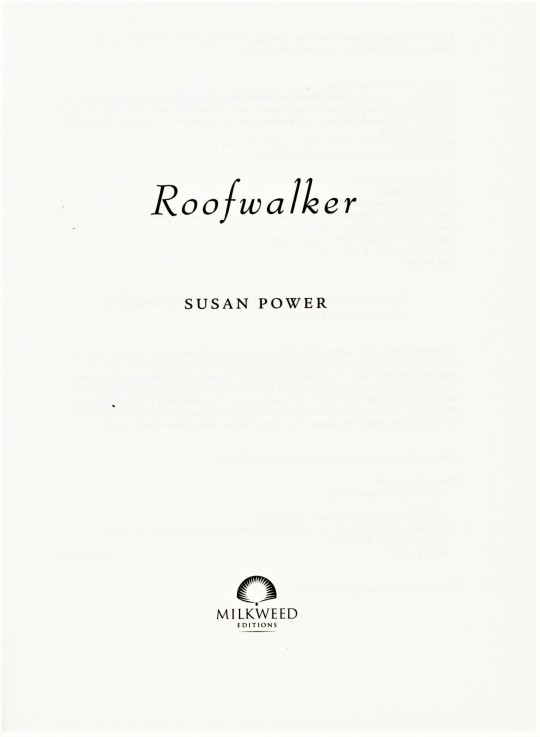
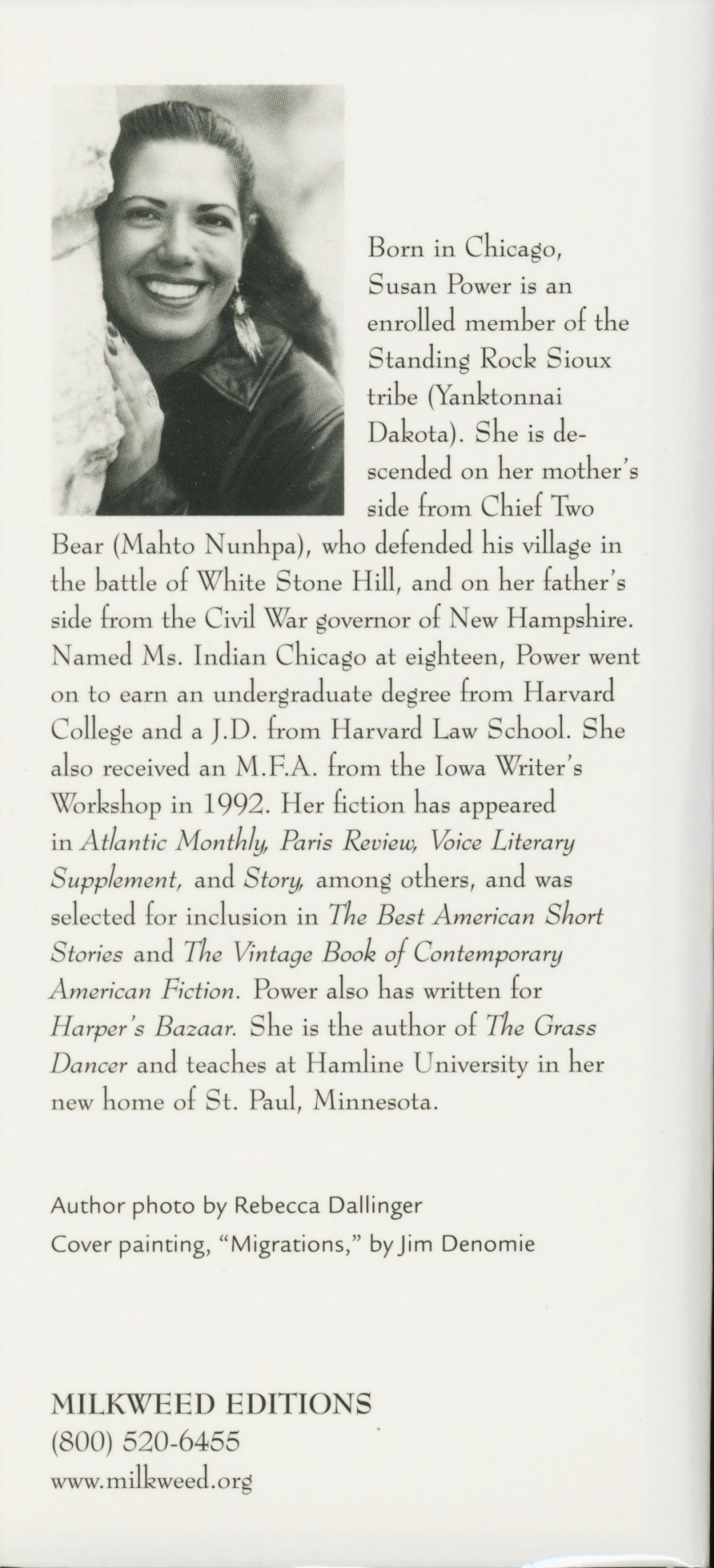
Native American/First Nations Woman Writer of the Week
SUSAN POWER
March may have come to an end, but there is still time to celebrate! The next Indigenous writer I would like to give the spotlight to is Susan Power (1961-), a Native American novelist who is an enrolled member of the Standing Rock Sioux Tribe of the Dakotas. She was born in Chicago, Illinois and raised by her mother, Susan Kelly Power (Gathering of Stormclouds Woman, in Dakota) who is also an enrolled member, and her father Carleton Gilmore Power, who was a publishing sales representative. Her parents raised her to be politically and socially aware, and with their help became active in the Civil Rights movement. She was named Miss Indian Chicago when she was seventeen and after that went on to get an A.B. degree in Psychology at Harvard/Radcliffe, and later received her Juris Doctorate from Harvard Law School. She worked her way up from a housekeeping job to being the editor of the University of Chicago Law Review, which was the catalyst for motivating her to pursue creative writing. Her mother used to recite stories about their native lineage, and her father read her stories at night; she states that her inspiration come from her mother’s native influence as well as Louise Erdrich, Toni Morrison, and Shakespeare. By the age of twelve she had memorized the entirety of Romeo and Juliet.
Power ultimately decided to end her law career and pursue creative writing fully while she was recovering from an appendectomy. The catalyst for this choice was a Dakota Sioux woman standing in her hospital room wearing a sky blue beaded dress; this vision spirit would later become a main character of her first novel The Grass Dancer, which was published by Putnam in 1994. This novel went on to win the PEN/Hemingway Award for First Novel in 1995. Her short fiction has also been published in Atlantic Monthly, Paris Review, Voice Literary Supplement, Ploughshares, Story, and The Best American Short Stories 1993.
Power focuses heavily on themes of ancestry, dream images, and intricate storytelling to fully engage her readers. She uses the strengths of these themes to relate her personal experience as a Native American woman while leaving room for the reader to interpret and respond to her writing in their own way without limiting the possibilities.
UWM Special Collection preserves Power’s Sacred Wilderness (Michigan State University Press, 2014) and Roofwalker (Milkweed Editions, 2002).
View more posts on Native American/First Nations Women Writers.
- Elizabeth V., Special Collections Undergraduate Writing Intern
#Native American/First Nations Woman Writer of the Week#Women's History Month#Native Americans#native american writers#native american women writers#Susan Power#Dakota#Yanktonai Dakota#Standing Rock Sioux#Sacred Wilderness#Roofwalker#Elizabeth V.
31 notes
·
View notes
Text
tag dissecting a fcs background:Hunkpapa Lakota Sioux, Hudeshabina Nakoda Sioux, Sissiton-Wahpeton Dakota Sioux
Me: jfc-
#[ out of character / salt ] i thrive best in it#[ ITS JUST SIOUX ]#[ i peeked into the Amber Midthunder tag -disgusting- again trying to see if a prey rper existed ]#[ the nar/u I mean cause again holding out hope ]#[ holding out hope someone comes along and talks to ME about the good stuff of prey that I am having a hard time seeing ]#[ lol and they have her listed as that ]#[ IM FROM THE RES SHES CLAIMING AND WE ARE NONE OF THESE ]#[ we are Yankton and Yanktonai ]#[ this just proves to me she’s faking ]#[ she’s distantly related to the Assiniboines here- not Sioux ]#[ even if she was from here she’s lying about which tribe and her exact relationship to our Rez ]#[ Goodness right when I wasn’t bitter on her and at peace with her something pEEVEs me ]#[ it’s not even her fault this time ]#[ wanahton ] what does it mean?
1 note
·
View note
Photo

Oscar Howe (Yanktonai Dakota,1915-1983)
Calling on Wakan Tanka, 1962
Casein on Fabriano
169 notes
·
View notes
Text
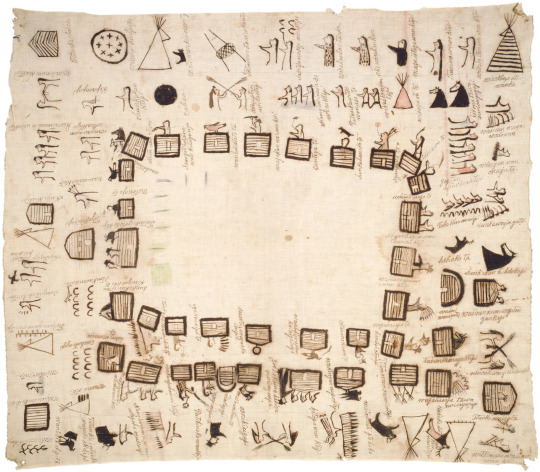
Yanktonai, Winter Count, (cotton cloth, ink, pigment), [North Dakota], 1911 [Detroit Institute of Arts, Detroit, MI]
67 notes
·
View notes
Text
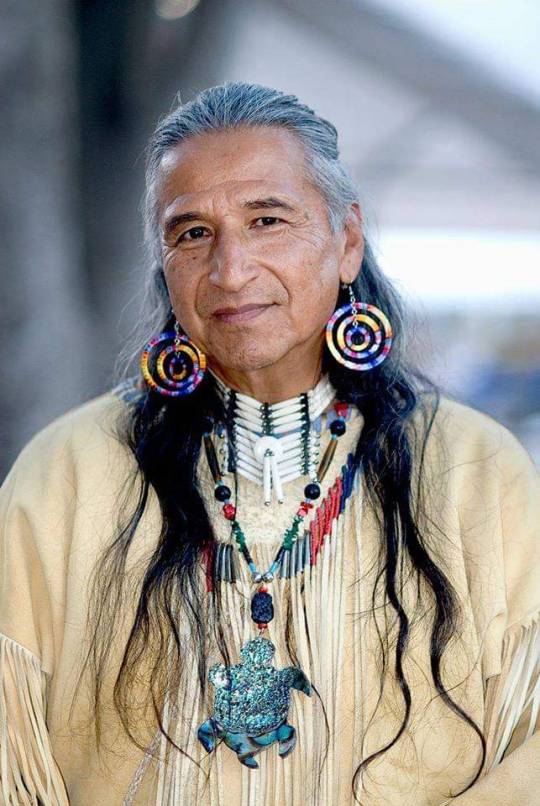
Il Tuo Corpo Invecchia senza permesso-
Il Tuo Spirito Invecchia, se tu glielo permetti!
Aquila Nera- Dakota-Yankton-Yanktonai
18 notes
·
View notes
Text
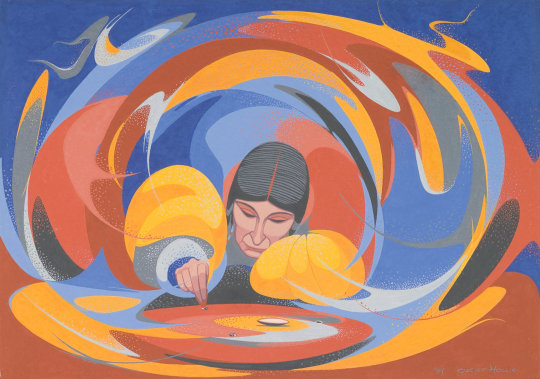
Oscar Howe (Native American, Yanktonai Dakota, 1915-1983) - Sioux Seed Player (1974)
187 notes
·
View notes
Text
Winter Count

High Dog Winter Count, [documenting 114 years of a Teton Dakota band's history from 1798-1912] [North Dakota Heritage Center & State Museum, State Historical Society of North Dakota, Bismarck, ND]
@garadinervi has been posting these from The First Scout. I was fascinated by the art, but now am wondering about the math. Could kids do something like this to represent their school? And learn some indigenous culture besides... So, gathering in one place.

Yanktonai, Winter Count, (cotton cloth, ink, pigment), [North Dakota], 1911 [Detroit Institute of Arts, Detroit, MI]
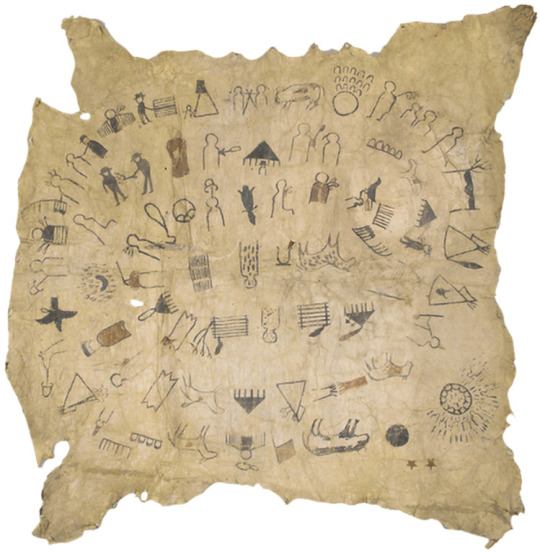
Copy of the Lone Dog Winter Count, (cowhide, painted) [National Museum of the American Indian, Smithsonian Institution, Washington, D.C.]

Chief Martin White Horse Winter Count, [documenting significant events in Lakota history each year from 1789 to 1910] [Minnesota Public Radio, St. Paul. Denver Museum of Nature & Science. Photo: Scott Dressel-Martin]

«They Made Us Many Promises...», by Standing Bear (artist of the Oglala Sioux), ca. 1973 [Oakland Museum of California, Oakland, CA]
12 notes
·
View notes
Text
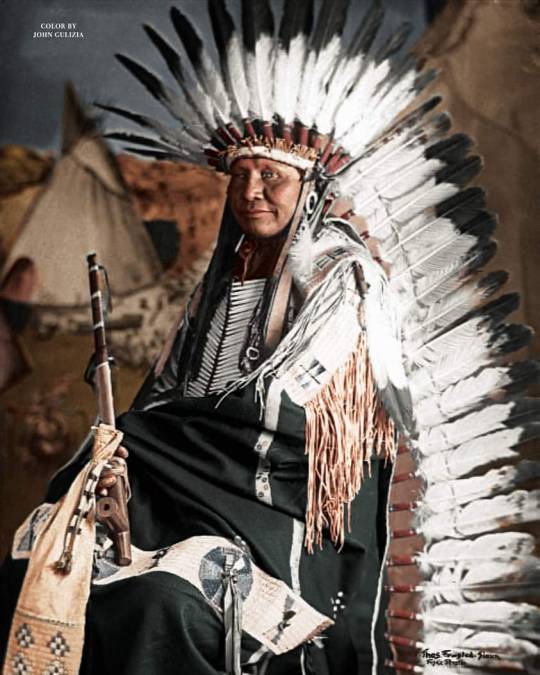
Chief White Bear. aka Tom Frosted. Lower Yanktonais at Standing Rock. Early 1900 ...
Yankton Sioux
94 notes
·
View notes
Photo

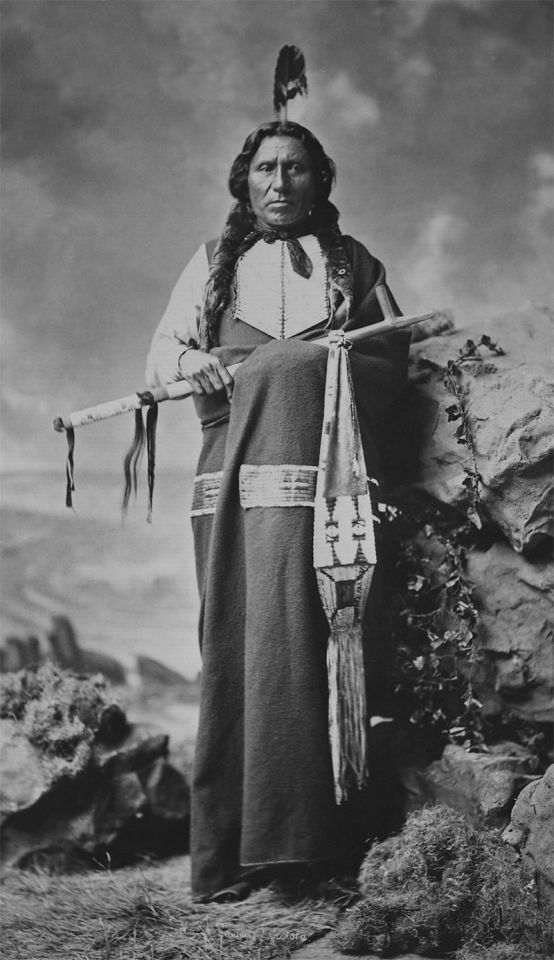
Dakota
The Dakota are a Native American tribe and First Nations band government in North America. They compose two of the three main subcultures of the Sioux people, and are typically divided into the Eastern Dakota and the Western Dakota.
The four bands of Eastern Dakota are the Bdewákaŋthuŋwaŋ, Waȟpéthuŋwaŋ, Waȟpékhute, and Sisíthuŋwaŋ and are sometimes referred to as the Santee (Isáŋyathi or Isáŋ-athi; "knife" + "encampment", "dwells at the place of knife flint"), who reside in the eastern Dakotas, central Minnesota and northern Iowa. They have federally recognized tribes established in several places.
The Western Dakota are the Yankton, and the Yanktonai (Iháŋktȟuŋwaŋ and Iháŋktȟuŋwaŋna; "Village-at-the-end" and "Little village-at-the-end"), who reside in the Upper Missouri River area. The Yankton-Yanktonai are collectively also referred to by the endonym Wičhíyena ("Those Who Speak Like Men"). They also have distinct federally recognized tribes. In the past the Western Dakota have been erroneously classified as Nakota, a branch of the Sioux who moved further west. The latter are now located in Montana and across the border in Canada, where they are known as Stoney.
https://en.wikipedia.org/wiki/Dakota_people
40 notes
·
View notes
Text

'Mah-to-toh-pa, ''Four Bears''. Second Chief in Full Dress'.
George Catlin, 1832.
Found a little bio of my new hero, George Catlin, on some gallery website. Here is my edited version:
GEORGE CATLIN (1796-1872)
In 1830, armed with nothing but a fist full of paintbrushes, George Catlin set out from Philadelphia to do what no man had done before - depict the Indians of the “wilds of the Far West.” Motivated by the fear of the Indian Removal Act of 1830, as well as by a briskly expanding civilization, Catlin vowed to lend a hand to “a dying nation, who have no historians and biographers of their own … thus snatching from approaching oblivion what could be saved for the benefit of posterity … perpetuating it as a just monument to the memory of a truly lofty and noble race.” And declared that "… nothing short of the loss of my life shall prevent me from visiting (the Indians’) country and becoming their historian.”
Catlin spent eight years visiting more than 45 tribes, where he participated in buffalo hunts and observed Indian ceremonies, games, dances and rituals. He emerged with 520 oil portraits and paintings of “probably the most truthful” view of scenes in Indian life ever presented to the public.
Catlin’s work has been particularly noted for the “roughness and energy” of its subject matter, which left an impression not only on America, but also on Europe. Perhaps most importantly, Catlin introduced previously un-depicted tribes, such as the Blackfoot, Crow, Plains Cree and Yanktonai Sioux Indians.
Though many of his depicted tribes are now extinct and all of the noble chiefs and brave warriors whose portraits he painted have long since died, Catlin ensured that their memory would live on through his art. In his own words, “The history and customs of such a people, preserved by pictorial illustrations, are themes worthy of a lifetime of one man.”
4 notes
·
View notes
Photo

Oscar Howe (Yanktonai Dakota,1915-1983)
Abstraction after Wakapana, 1973
Casein on paper
219 notes
·
View notes
Text
my favorite development in Wanahton’s updated twilight verse (I’ve yet to write up but it’s the same except he imprints on @paddyfuck and they both arrive to La Push and Forks.) is that being around so many vampires it’s made his once human mate - Anne Bonny, transform into a wolf.
Turns out being Irish descent there are ancient wolf packs in Ireland that Anne’s blood is a direct descendent from. And rather than looking like Wan and the rest of the pack she’s smaller and resembles more of the wolves that are of Ireland than North America.
Which makes me hc all humans imprinted on has a sleeping shapeshifter gene in them.
so In short, @paddyfuck is now part of the Yankton/Yanktonai Wolf Pack and can openly claim it and reference it. Not just through marriage - but she’s a wolf now too.
#[ wanahton / v: twilight ] if you want war; we will bring you war#[ wanahton ] what does it mean?#[ wanahton / dyn: anne bonny ] the value of true friend.
4 notes
·
View notes
